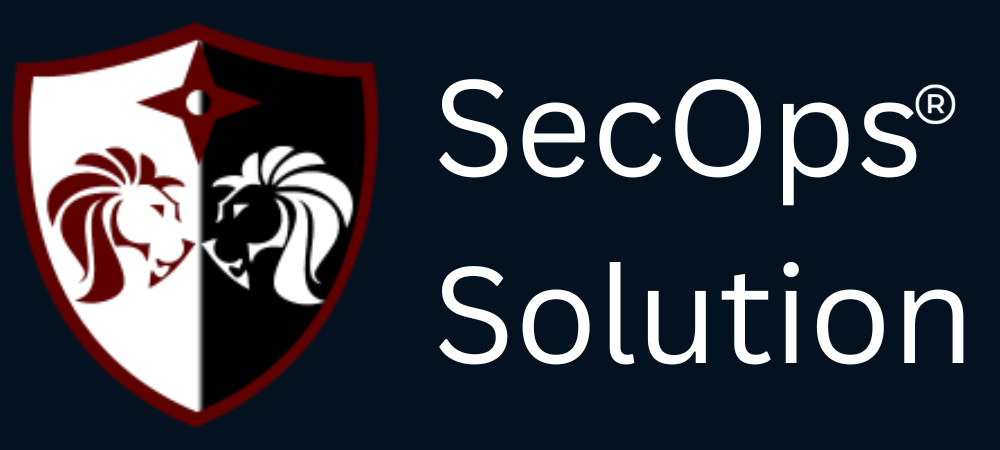
Agentless security for your infrastructure and applications - to build faster, more securely and in a fraction of the operational cost of other solutions

hello@secopsolution.com

In the evolving digital economy of Qatar, maintaining cybersecurity resilience has become more than just a best practice—it's a legal and regulatory imperative. With the Qatar Central Bank (QCB) issuing specific circulars and the State of Qatar's ICT Law (Law No. 13 of 2016) setting a legal baseline for information protection, organizations are under increasing pressure to build airtight security frameworks that prioritize both patch management and secure configurations.
Qatar’s ICT Law lays down stringent obligations for organizations handling sensitive and personal data, including financial institutions. It mandates adequate cybersecurity measures to protect data integrity, confidentiality, and availability. Similarly, the QCB regularly issues cybersecurity circulars to regulate banks and financial service providers, focusing on:
Failing to comply with these directives can lead to regulatory penalties, loss of license, and reputational damage—a risk no financial institution can afford.
Timely patching helps eliminate known vulnerabilities before they can be exploited by attackers. In a regulated environment like Qatar's, patch delays are seen as compliance failures.
Secure configurations ensure systems are set up with only the necessary services, ports, and privileges. Misconfigured systems are low-hanging fruit for threat actors.
QCB mandates a regular update cycle and configuration audits, which must be tracked and verifiable. Your patch and configuration management policies need to be both effective and auditable.
To meet the expectations set by QCB Circulars and the ICT Law, here’s what a compliant framework should include:
Maintain a comprehensive inventory of all IT assets including servers, endpoints, applications, and network devices. Categorize them based on sensitivity and business impact.
Manual patching and configuration checks are time-consuming and error-prone. Automation tools play a pivotal role in:
This is where partnering with a solution provider like SecOps Solution becomes invaluable.
SecOps Solution offers a robust, agentless patch and configuration management platform tailored to meet regional compliance mandates such as QCB Circulars and ICT Law requirements. Here's how:
Deploys instantly across your infrastructure without the hassle of endpoint agents, making it ideal for legacy systems and cloud-native environments alike.
Get visibility into your patch and configuration status with dashboards that map directly to regulatory requirements.
Combines CVSS, EPSS, and business context to prioritize patches that matter most—ensuring resources are spent efficiently.
Set automated policies to detect, remediate, and report issues in real time, ensuring continuous compliance.
In the context of Qatar’s financial sector, compliance is not just about ticking checkboxes. It’s about proactively securing digital assets, protecting customer trust, and meeting strict regulatory obligations. A secure patch and configuration management strategy—aligned with QCB Circulars and ICT Law—is the cornerstone of this effort.
With automated, scalable, and region-specific capabilities, SecOps Solution helps institutions not just comply—but lead—in the cybersecurity maturity journey.
SecOps Solution is a Full-stack Patch and Vulnerability Management Platform that helps organizations identify, prioritize, and remediate security vulnerabilities and misconfigurations in seconds.
To learn more, get in touch.